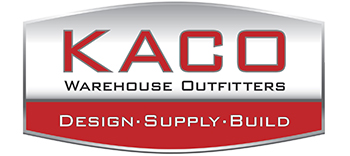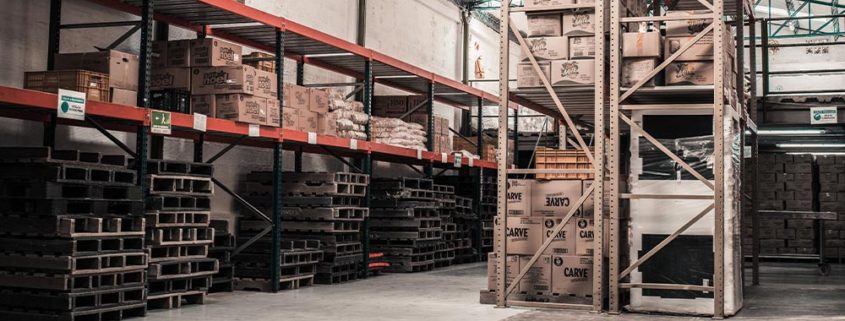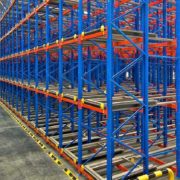Dynamic vs. Static Storage
When planning the warehouse design of your facility, it’s important to take the time to determine the best layout. The warehouse design plays a critical role in operations. It can mean the difference between profit and loss. You want the design to be conducive to improving productivity and efficiency. You may even want to consider using a professional to assist you in the planning of your warehouse design. Distribution and warehouse center layouts include four elements: static storage, dynamic storage, receiving and shipping. Typically, these elements are laid out according to the space of the facility. Handling equipment and product are also considered in the layout of a warehouse.
The static storage space in a warehouse is where products are stored. And products are generally stored on pallets. The dynamic storage area is called the “forward pick.” That’s because this is the area where products are picked for fulfillment. Once items in the dynamic storage area are selected, they are quickly replenished. Several factors of the dynamic storage area often include different types of racking to lessen overall pick time. It’s also called the pick module. The pick module is designed o the material handling equipment. For example, first-out pallet storage may be accessed by forklifts. Within this configuration, a selective rack may be included.
Also known as the reserve storage area, the static area is used to reserve palletized storage. For products that need higher selectivity, a drive-through rack may be a good option.
It’s important to take into consideration both static storage and dynamic storage when planning the layout of your warehouse. And the through-flow needs to also be considered. U-shaped warehouses are very common/ In this layout, receiving and shipping docks are right next to each other. I-shaped and L-shaped warehouse product flow layouts provide larger sorting and storage areas for both receiving and shipping docks.
Racking System Types for Dynamic and Static Storage Areas
The types of racking systems that you choose for the dynamic and static storage areas will be dependent on the needs for product flow. These systems come in two groups, “first-in, first-out” and “last-in, first-out.” The racking types that you use for both the dynamic and static storage areas of the warehouse or distribution center should be chosen for your product operations. Racking systems can be separated into two groups: “first-in, first-out (FIFO)” and “last-in, first-out (LIFO)”. The FIFO rack system works well when rapid stock rotation, high turnover rate and products with an expiration date are used. For example, food storage would require FIFO racking systems. Options of this racking system include pallet flow, drive-through, carton flow and selective. LIFO racking systems work well for an inventory that has a long shelf life. It also works well for items stored in large quantities. Options of this racking system include push back, double-deep selective and drive-in.











